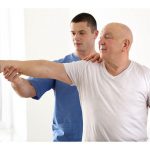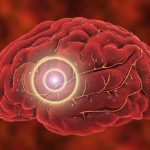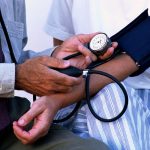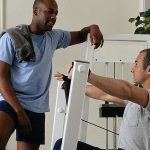
Americans are terribly lonely, a new poll reveals. Among U.S. adults, about one in three said they feel lonely at least once a week. Worse, one in 10 Americans say they feel lonely every day, results show. Younger people are more likely to experience loneliness, which is defined as a lack of meaningful or close relationships or sense of belonging, according to the American Psychiatric Association’s latest Healthy Minds Monthly Poll. About 30% of respondents ages 18 to 34 said they feel lonely every day or several times a week. The poll “confirms loneliness is widespread, especially in young people,” said APA President Dr. Petros Levounis. “Doctors and other clinicians can make a major difference in their patients’ well-being and physical health when they ask about loneliness and how to mitigate its effects,” Levounis added in an APA news release. “Helping people feel less lonely is straightforward and deeply gratifying.” The poll, which was conducted online from Jan. 10 to Jan. 12 among 2,200 adults, also found that: Single adults are nearly twice as likely as married adults to feel lonely on a weekly basis, 39% versus 22% About 50% of respondents ease their loneliness with distractions like TV, podcasts or social media Another 41% said they go for a walk to feel less lonely, while 38% said they reach out to family or friends… read on > read on >


















